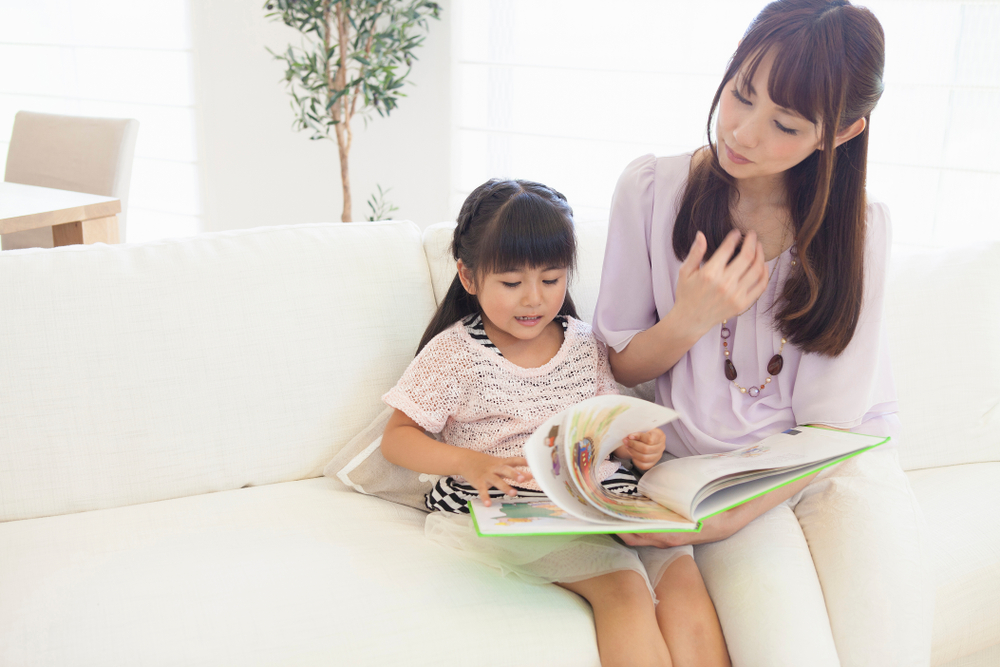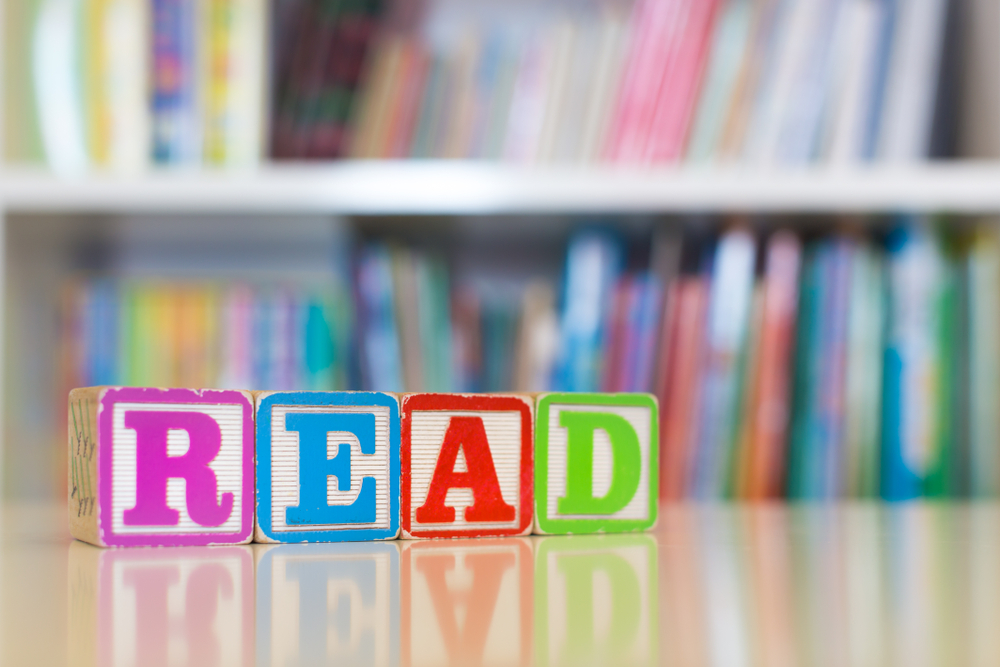
Third-grade ushers in many educational milestones. This may be the first year that children take MAP tests or other state assessments. Multiplication facts are often introduced in third grade, too, and many kids will begin memorizing those ‘x’ facts. Your child’s 3rd grade reading comprehension also may be challenged as longer books or stories are introduced. Many children often begin reading chapter books in third grade!
However, parents may discover that while their child can read these longer stories, they may have trouble following along in the book as the chapters progress and the plot evolves.
As literacy expectations shift from simple text with easy-to-grasp plots to books with more complex story arcs and detailed character development, the gap between proficient readers and those who are falling behind may start to widen if reading comprehension issues aren’t identified early.
When it’s clear that a child’s third-grade reading comprehension has become a struggle, parents have a few options.
The first option for many is to meet with the child’s teacher and discuss concerns. Sometimes additional help may be offered through specialized reading programs. Or maybe parents may find that their child isn’t behind at all (sometimes parents have much higher scholastic expectations).

Reading Comprehension Grade 3: What’s the Lexile®?
A child’s teacher may be able to provide detailed information about a child’s reading abilities. Often, schools will administer reading fluency tests to understand each child’s appropriate reading level. This helps administrators and teachers know which books will be best suited for each child. One of the most common reading benchmark tests is Renaissance Star Reading®.
Parents may receive a print out summary of their child’s Star results. Typically, results will include a percentile rank in relation to peers at the same grade level. A score of 85 percent would mean that the child scored better than 85 percent of other children in the same grade level.
Star scores also sometimes resemble another familiar literacy number: the Lexile®. However, the numeric Star score doesn’t translate to a child’s Lexile® (although, it could turn out to be the same number). So what is Lexile®? Lexile® is actually the Lexile® Framework for Reading. This is a range of numbers that help designate the reading level. These numbers can be a bit confusing, although they are often presented with a grade-level equivalent to help parents understand the Lexile®/grade correlation.
Lexile® also helps parents find the right book for their child. Need suggestions? If you know your child’s Lexile® number, you can enter it and receive a list of appropriate books! The tool on Lexile® ‘s site also lets you search by the lettered reading level, too (we’ll touch on that below!).
What’s the average Lexile® for third grade? The range for a typical third grade at the end of the year (spring) is 645 to 845.
3rd Grade Reading Comprehension: How to Decipher a Child’s Lettered Reading Levels
Renaissance Star Reading® may be a popular test used to gauge reading levels, but it isn’t the only tool teachers utilize in helping to understand reading proficiency. Another popular test is the Benchmark Assessment Systems (aka BAS). This test is a bit more in-depth and usually involves the child working one-on-one with the teacher. Parents may see the results of the test reported as a letter representing a specific reading level.
The lettered reading levels correlating to third grade are N, O and P. So, typically, a child should be at a level N in the fall and advance to level P by the end of the year. However, some children may be below or above this range.
If a child falls too far below this range, a parent may be concerned. Some parents may start to worry if a child scores just one letter behind what’s appropriate for the grade level. As a parent, if you’re upset about the result of any test, reach out to your child’s teacher and don’t be afraid to request additional testing or inquire about reading intervention programs.

The Ultimate Third-Grade Reading List
At home, parents should read with kids often to help gauge and increase reading comprehension. One of the best ways to work on story understanding is to read to a child and ask them questions about the plot and characters. Or have children read aloud, and, at the end of each chapter, discuss what happened and the actions of characters.
Here are some great and fairly easy to read books – by Lexile®–that are perfect for third graders:
- Cassie’s Word Quilt (420L)
- Chester (480L)
- Field Trip Mysteries: The Teacher Who Forgot Too Much (480L)
- Once I Ate a Pie (430L)
- The Candy Corn Contest (490L)
- Take Away Three (490L)
- Into the Forest (510L)
- Missing (510L)
- Tales of a Fourth Grade Nothing (470L)
- Double Fudge (530L)
Reading Comprehension Grade 3: Use a Reading App to Help Improve Comprehension
If struggles are identified, parents also can utilize reading apps like Readability at home to help boost comprehension and proficiency. Readability features Interactive Voice-Based Questions and Answers (IVQA), which serves as a virtual tutor to help a child improve reading comprehension. Parents can keep track of their child’s progress with the Parent Dashboard; this provides insight at reading fluency and also tracks the amount of time the child has spent on the app.
For parents who feel that their child also could benefit from more intensive reading instruction, try Readability for free for seven days! All stories on Readability are designed to meet the reading needs and abilities of each child; as they progress, so does the program! Reading books with children and utilizing apps like Readability could help your child improve comprehension and become a more confident reader.

 Español
Español